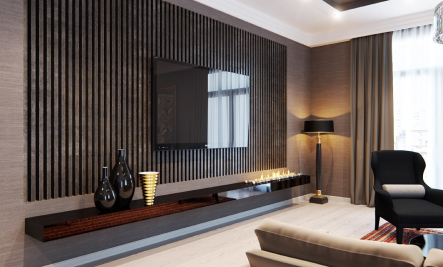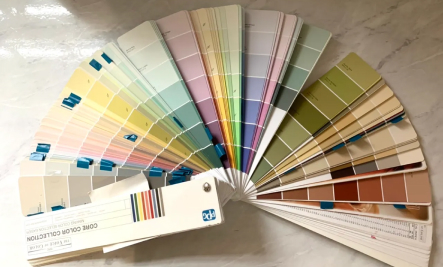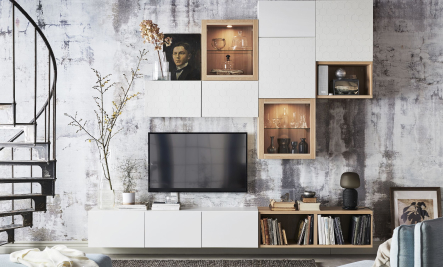Introduction
Wall coverings have evolved significantly, offering a range of options to enhance your space’s aesthetic and functionality. From trends to eco-friendly choices, innovative wall coverings can transform any room. Here’s an overview of some of the most exciting wall covering ideas available today.
The Latest Trends in Wall Coverings: What’s Hot in Interior Design
The latest wall covering trends focus on bold designs and textures. Geometric patterns and abstract prints are gaining popularity, adding a dynamic element to walls. Metallic finishes and high-gloss materials are also making a statement, creating a modern and luxurious look. Additionally, natural elements like wood and stone are being used to bring warmth and texture to interiors. These trends allow you to infuse personality and style into your space while staying current with design innovations.
Creative Uses for Wallpaper and Wall Decals in Modern Spaces
Wallpaper and wall decals offer creative ways to personalize modern spaces. Wallpaper is now available in a variety of designs, from classic patterns to contemporary graphics, allowing you to create feature walls or accent areas. Wall decals provide flexibility with easy application and removal, perfect for adding temporary designs or playful elements, especially in children’s rooms. Both options enable you to experiment with styles and change the look of your space without committing to permanent alterations, making them ideal for dynamic and evolving interiors.
How to Incorporate Textured Wall Panels for a Unique Look
Textured wall panels are a versatile choice for adding depth and interest to your interiors. Options include 3D panels, reclaimed wood, and fabric-covered designs, each offering a unique visual and tactile experience. These panels can be used to create feature walls, enhance architectural elements, or provide a focal point in any room. By choosing panels with varying textures and finishes, you can achieve a custom look that reflects your personal style and adds a distinctive character to your space.
Eco-Friendly and Sustainable Wall Covering Options for Green Homes
For eco-conscious homeowners, sustainable wall covering options are a great choice. Materials such as bamboo, recycled glass, and natural cork are not only environmentally friendly but also stylish and durable. These options reduce the carbon footprint and often come with low-VOC or no-VOC finishes, contributing to a healthier indoor environment. Choosing sustainable wall coverings supports green living and provides a unique, eco-friendly aesthetic that aligns with modern design principles.
Conclusion
Innovative wall coverings offer diverse ways to enhance your space, from current design trends and creative applications to eco-friendly options. Whether you’re updating a single room or redesigning your entire home, these ideas provide stylish and functional solutions to make your walls stand out.




